Introduction
The art of photography, like any creative field, is not immune to problems of discrimination which can influence both the creation and the reception of works. This article examines the different forms of discrimination present in photography and how we, as a community and art consumers, can support diversity and inclusion through our purchasing choices.
Discrimination in the Art of Photography
Photography, as an artistic medium, reflects the complexities and inequalities of our society. Artists from ethnic minorities, gender diverse or other marginalized groups often face significant barriers , whether in recognition of their work, access to exhibition platforms, or critical reception of their works .
The Effects of Discrimination on Artists and Their Works
Discrimination can limit artists' access to crucial resources, influencing their ability to create, promote and sell their art . It can also impact the diversity of perspectives and stories told through photography, thereby depleting the cultural wealth available to the public.
The effects of discrimination on artists and their works extend far beyond the immediate barriers to exposure and recognition. This discrimination can profoundly impact the professional trajectory of artists, their emotional well-being and even the nature of their artistic creation.
Professionally , artists facing discrimination may encounter significant difficulties in making themselves known and marketing their work. Limited access to prestigious galleries, scholarships, and other forms of financial support reduces their opportunities for career development. This can lead to a vicious cycle where lack of visibility further diminishes their chances of future recognition, making it difficult to achieve financial stability through their art.
Emotionally , discrimination can leave lasting marks. Artists may experience frustration, isolation, and a loss of self-confidence, which can affect their creativity and artistic production. Feeling not valued or understood in the expression of one's artistic vision can lead to self-censorship, where artists modify or limit their work to fit perceived market or critical expectations.
Additionally, the impact on the works themselves is notable. Discrimination can influence the themes, subjects, and methods of expression that artists choose to explore. Some may feel pressured to conform to stereotypes or specific niches to gain visibility. Others may respond by emphasizing aspects of their identity or experience that cause discrimination, using their art as a means of protest or awareness. While this can result in powerful and evocative works, it also reflects a constraint imposed by external factors rather than a free, uninfluenced artistic choice.
Discrimination also has an amplifying effect on minorities already underrepresented in the arts, exacerbating existing inequalities. For example, artists from economically disadvantaged backgrounds may find it even more difficult to overcome barriers to entry, given the high cost of photographic equipment and lack of access to professional networks.
To counteract these effects, it is essential to adopt proactive measures to promote diversity and inclusion in all aspects of the art world. This includes creating platforms dedicated to spotlighting artists from diverse backgrounds, encouraging galleries and institutions to adopt more inclusive practices, and supporting consumers through the conscious purchase of artwork. diverse art. By doing so, we can not only mitigate the negative effects of discrimination on artists and their works, but also enrich the overall artistic landscape with a greater variety of voices and perspectives.
Supporting Diversity and Inclusion Through Our Purchasing Choices
As consumers of art, we have the power to support diversity and inclusion. Purchasing work from photographers from diverse backgrounds is a concrete way to promote more equitable representation in the art world and encourage voices that are often marginalized.
www.laboutiqueduposterfr.com : A Platform for Artistic Diversity
www.laboutiqueduposterfr.com is committed to promoting diversity in photography. Our collection includes works from photographers from diverse backgrounds, providing a window into unique experiences and perspectives . By choosing our photo murals, you not only help enrich your space but also support equity in the arts.
Conclusion
Discrimination in art, and particularly in photography, reminds us of the importance of vigilance and action to promote more fair and inclusive representation. Through our purchasing choices, we have the opportunity to support talented artists who otherwise may not receive the visibility they deserve . Commit to making a difference by supporting diversity and inclusion in the art of photography.




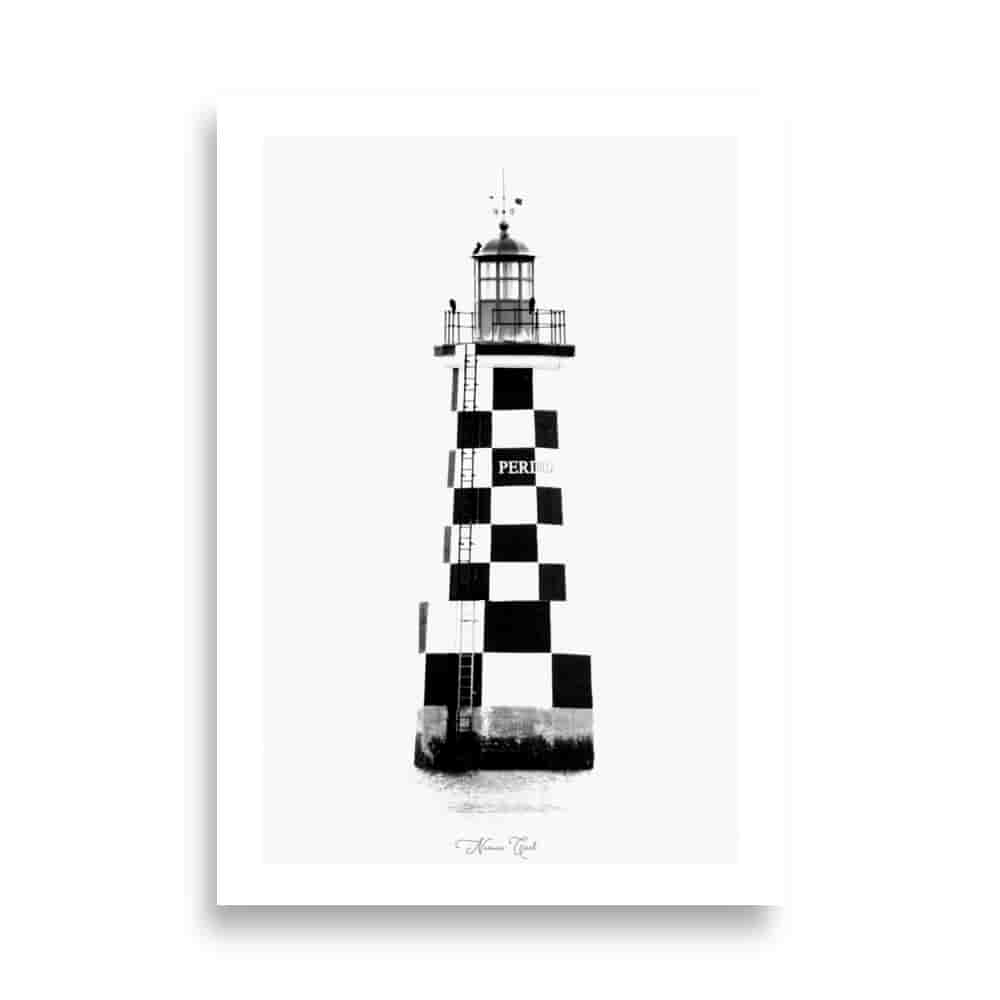
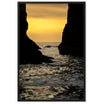


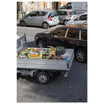






















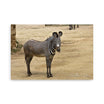












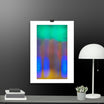













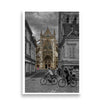








Leave a comment
All comments are moderated before being published.
This site is protected by hCaptcha and the hCaptcha Privacy Policy and Terms of Service apply.